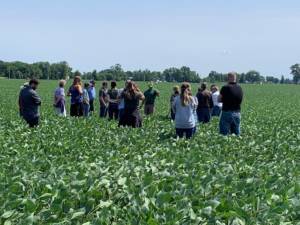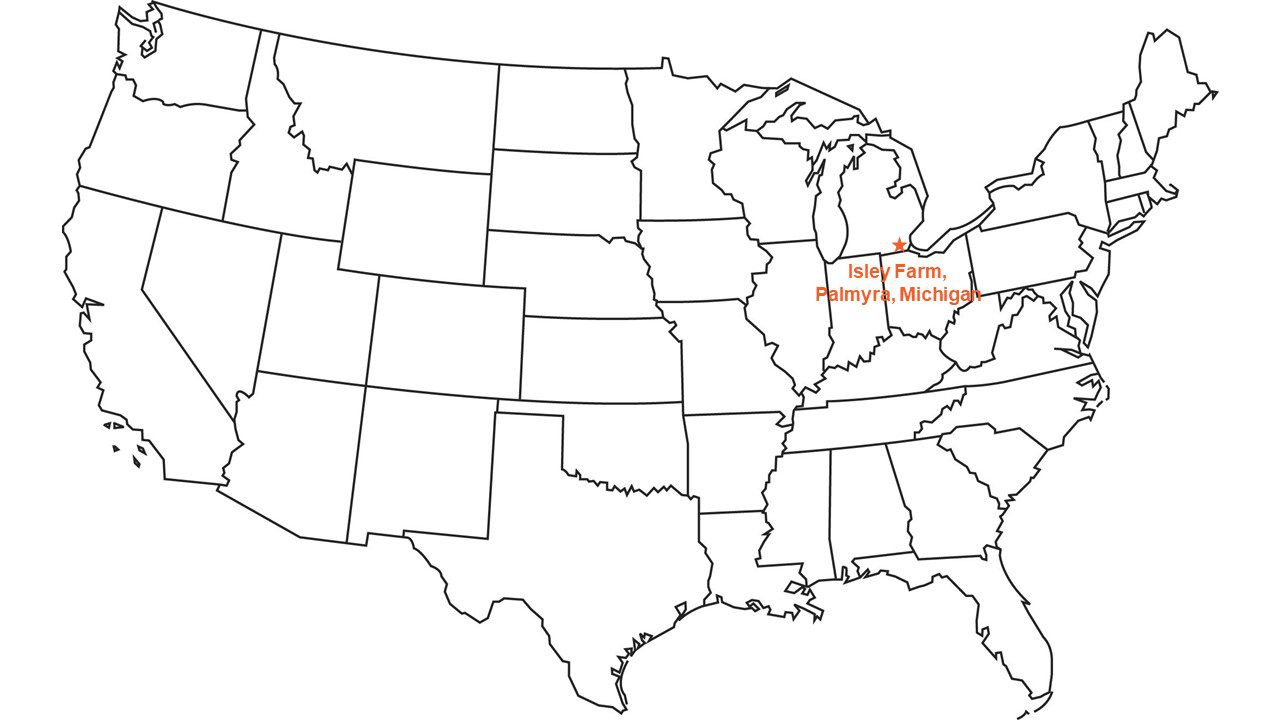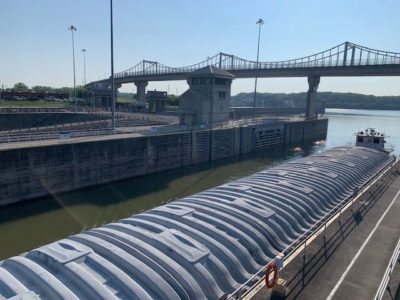 From mid-July through August, we are consistently watching and waiting for rain. Thankfully, we have had very timely rains so far this season in our area of the eastern U.S. Midwest. We hope that continues. I have recently talked to farmers in other parts of the country whose fields are desperately dry or way too wet.
From mid-July through August, we are consistently watching and waiting for rain. Thankfully, we have had very timely rains so far this season in our area of the eastern U.S. Midwest. We hope that continues. I have recently talked to farmers in other parts of the country whose fields are desperately dry or way too wet.
After a slow start, our soybeans have grown well. They have completely canopied, shading the space between the rows. Pods are setting, and we are thankful for any rain we get, because it helps the plants fill those pods. Thanks to our sandy soils and conservation practices, too much water is rarely a problem in our fields.
We scout our fields regularly. The combination of our hot summer weather and the crop canopy holding moisture from our timely rains, can potentially create a good environment for diseases. The last week of July, we decided to apply a combination of fungicide, to protect against disease, and herbicide, to clean up weeds that have grown through the canopy.
Our corn looks better than average, and has grown to its full height. It pollinated well, and once the kernels are set, we will monitor their growth, counting ears and rows of kernels on those ears, so we can “guesstimate” our yield. The estimated guesses we make late in the summer help us begin to make decisions about storing and selling the crop after harvest.
On July 22, we hosted an informational meeting for farmers in our area to learn more about sustainable conservation practices that reduce runoff to protect soil and water quality. We showed attendees our no-till and water management practices so they could see the benefits and ask questions. The day included information about programs available that encourage adoption of practices like ours.
I have continued to attend industry meetings. For example, in early August, I participated in a Soy Transportation Coalition (STC) meeting. This group works on all the logistics of getting crops from our fields to our customers around the world. We address issues like ensuring barges can move through our waterways and investigating how soy-based products can improve our roads that connect farms to our railway and waterway systems.
On our farm, we control what we can to raise and ship a successful crop. But the weather reminds us that there are only so many things over which we have control. We put seed in the ground with a lot of faith. We are thankful that timely rains have our crops looking good so far. We know that isn’t the case across the U.S.
To share or republish part or all of this Ground Work 2021 update, please link to the original article and credit www.USSOY.org.




